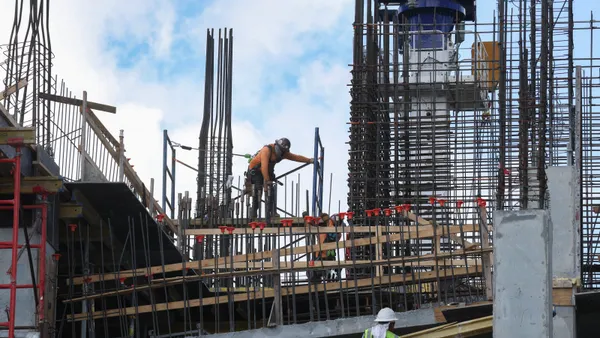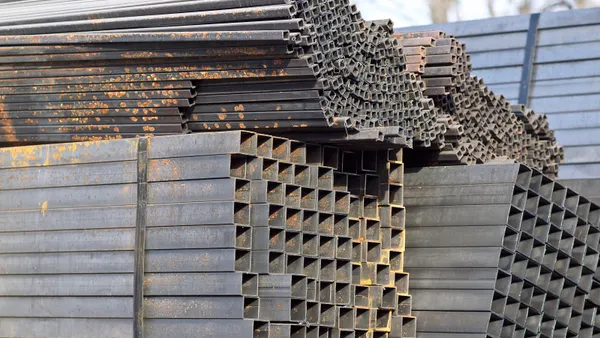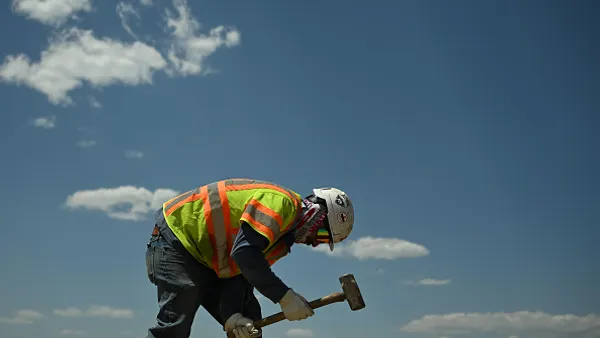UPDATE: July 3, 2018: Canadian tariffs on $12.6 billion of U.S. goods went into effect on July 1, as promised by Canada's Department of Finance, as a countermeasure against U.S.-imposed steel and aluminum tariffs. In addition to steel and aluminum, Canada has also placed extra duties on a wide variety of U.S. products.
In a related action, the Canadian government announced on June 29 that it would provide up to $2 billion of financial support to "defend and protect the interests" of the steel, aluminum and manufacturing industries. The government will assist those industries with financial and risk management, innovation and growth, new markets and export support, worker assistance, community support, work-sharing agreements and labor market development agreements. The government also said it will "support workers and their families who may be affected by the United States’ decision to impose tariffs on Canadian steel and aluminum shipments," through employment insurance, career counseling, skills and training support and other job-retention measures.
Dive Brief:
- The White House announced Thursday that Canada, Mexico and the European Union will be subject to U.S.-imposed tariffs on steel (25%) and aluminum (10%) effective Friday, June 1, spurring promises of retaliation and the threat of a trade war. President Donald Trump said the imposition of tariffs is necessary for U.S. national security.
- In response to the action, Canada's Department of Finance said, effective July 1, it will impose "surtaxes or similar trade-restrictive countermeasures" on steel, iron, aluminum and other products that the U.S. exports to Canada up to the value of Canadian exports ($12.8 billion) affected by the tariffs until the U.S. rescinds the order. The Mexican government said it will also implement similar measures against the U.S. The EU said it is considering actions to safeguard Europe's steel and aluminum markets, and, like Canada, is seeking World Trade Organization intervention.
- In March, the two countries and the EU were granted temporary exemptions from tariffs that Trump had imposed on various countries, but the White House said negotiations for alternate resolutions fell through. The U.S. has reached agreements with South Korea, Australia, Argentina and Brazil on steel imports and with Australia and Argentina on aluminum.
Dive Insight:
Since the tariffs went into effect, there has already been a reported 10% increase in the price of steel in some areas of the country, but Brian Turmail of the Associated General Contractors of America reportedly told Engineering News-Record that AGC members have been paying 15% to 20% more for products like rebar in anticipation of the wider imposition of tariffs. Steel prices could increase even more now, because Canada and Mexico together supplied 26% of the U.S.' steel imports as of March, according to Reuters.
However, industry organizations like the Associated Builders and Contractors have been warning construction companies about rising costs of materials such as iron and steel since last year. As of November 2017, the price of construction materials had increased 5.6% year over year, the largest hike since 2011.
While price increases are good news for some U.S.-based manufacturers, higher material costs are just the sort of thing that could throw cold water on the building booms happening around the country and could make large construction programs prohibitively expensive.













